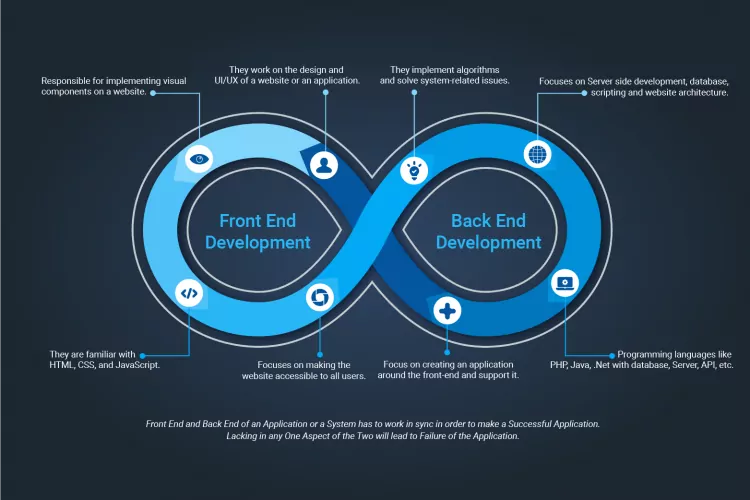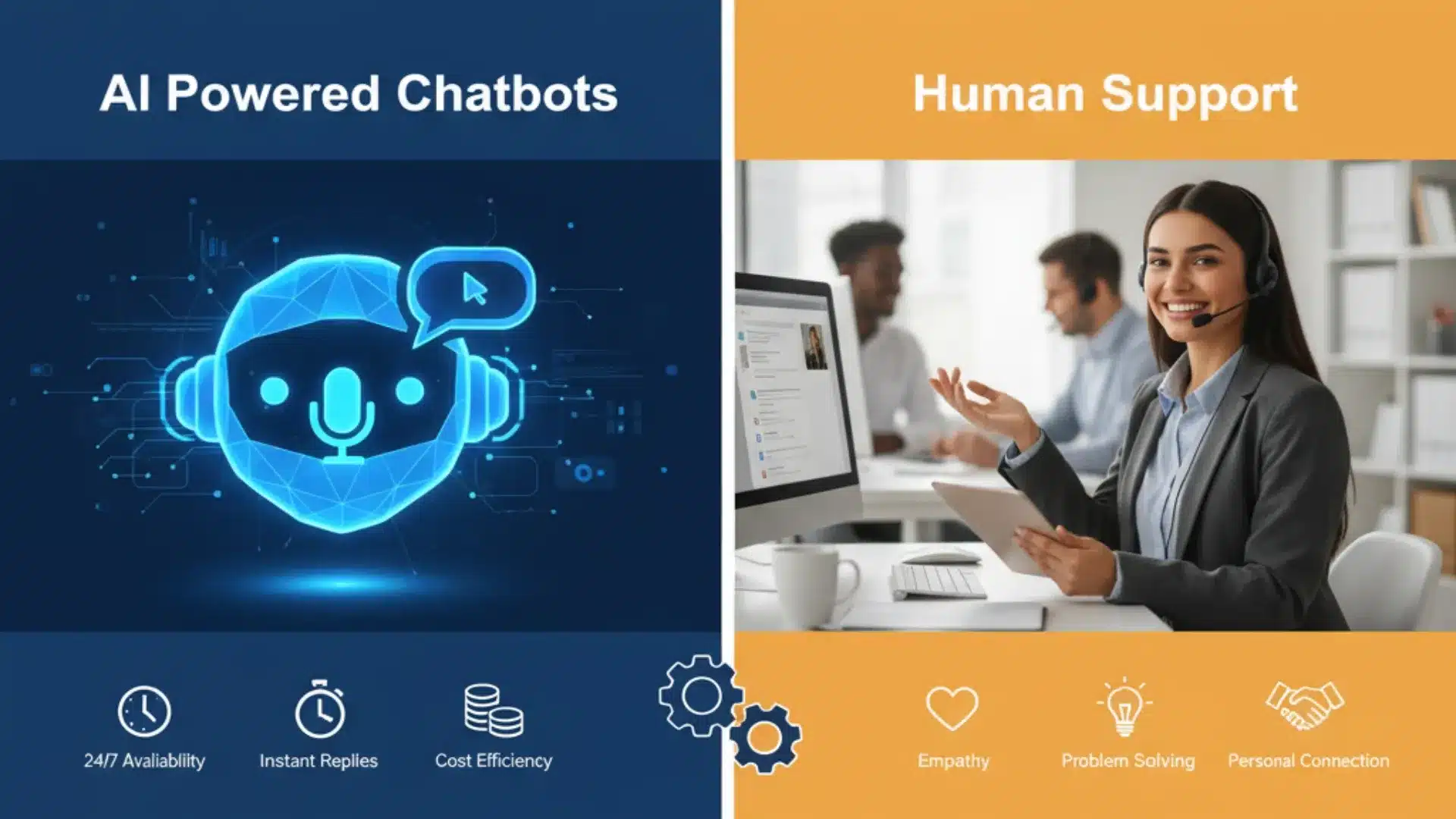The Role of Front-end and Back-end in App Development

Do you know what’s the most important factor to ensure a successful launch of any app? Well, the front-end and back-end functionality of the system must be synced perfectly with each other as lacking in any of these aspects can lead to the major failure of the app.
Why the Front-End and Back-End Relationship Matters
At its core, every app has two essential halves: The front-end is what users see and interact with i.e. buttons, layouts, animations, and forms. The back-end is the engine room, responsible for databases, servers, APIs, authentication, and business logic.
Although they use different languages and frameworks, their success hinges on how effectively they work together. An impressive UI without a strong back-end results in broken functionality. A robust server-side without intuitive design leaves users lost and disengaged.
Think of Them as Dance Partners
Imagine a dance duo performing a routine. If one falters, the performance fails, regardless of the other’s skill. In app development, if the back-end isn’t architected properly, the front-end can’t retrieve or display accurate data. And if the front-end lacks clarity, users can’t tap into the app’s core functionality.
Communication is Key
Every user interaction—clicks, taps, or scrolls—triggers requests from the front-end to the back-end: fetch data, save inputs, verify credentials. Well-structured communication ensures these exchanges happen smoothly. APIs serve as the translators that make sure the front-end understands what the back-end says.
For a deeper dive into the technical differences between front-end and back-end development, check out this comprehensive guide by GeeksforGeeks.
Custom AI Software Development Solution For Enterprises
Alignment Drives Exceptional Experiences
The development teams must share more than just code. They need a common vision focused on solving real user problems. When both teams understand the complete user journey, the result is software that’s functional, intuitive, and scalable.
Building Apps That Last
Success lies in treating both sides as equal partners. Synchronized development leads to:
- Faster release cycles
- Fewer bugs and miscommunications
- Better performance and usability
- Stronger scalability over time
When executed thoughtfully, they don’t just coexist, they empower each other. That synergy is what separates ordinary apps from exceptional ones. Contact us for more information.









